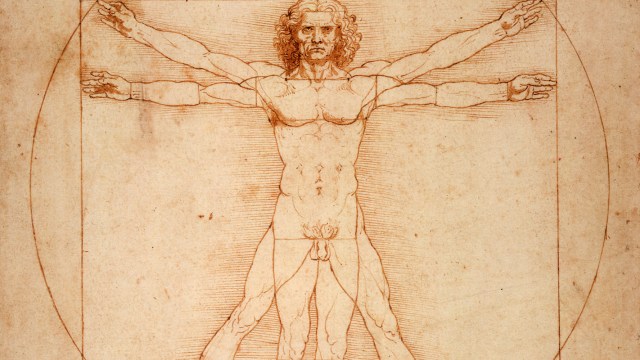Social Trends Form Out of Chaos and Confusion

Public consensus can seem to arise from nowhere and scientists have struggled to understand how it forms. But now, a team of researchers at the University of Pennsylvania has successfully modeled how group decisions form from seeming chaos.
An interesting barometer of public consensus is the popularity of names that parents give to their newborns. The name Aiden, for example, was ranked a very low 324th on the Social Security Administration’s list of popular baby names. Less than a decade later, however, the name was among the top 20 baby names for five years straight.
By creating a computer game in which groups of individuals could be formed, ranging from small networks to vast and sprawling ones, researchers were able to measure how consensus formed among different groups. They found that among small groups, several conclusions competed for popularity, while larger groups agreed more readily.
The research could be of great interest to anyone trying to coordinate the efforts of large populations, like marketers or policy makers. While past theories of social movements have assumed a charismatic leader was necessary, the study demonstrated that extremely popular ideas could arise as if by chance.
This was the case with Iceland following the 2007 financial collapse, when the country was thrown deeply into debt as a result of its leaders investing in what amounted to fraudulent financial products sold by large American banks.
As President Ólafur Grímsson explained to Big Think, the promise of democracy is that the people’s collective will is prioritized over special interests. When that doesn’t happen, the future of any nation is put at risk:
“There was the prevailing assumption in the previous decades that somehow the financial markets should be supreme, but we faced a tough challenge to decide: Is the democratic will of the people more important than the forces in the financial markets? And that is in fact a question, which many other nations have not yet answered, but in our case it turned out that allowing the democratic will to rule the day was a better course.”
Read more at Science Daily
Photo credit: Shutterstock





